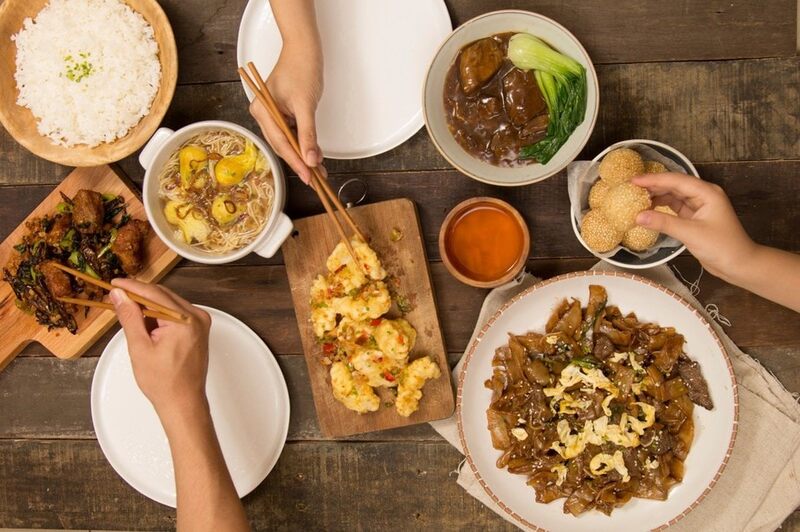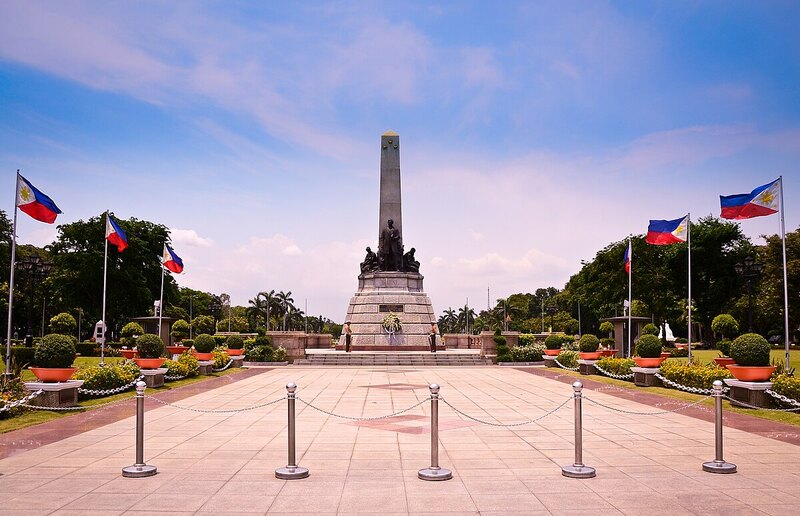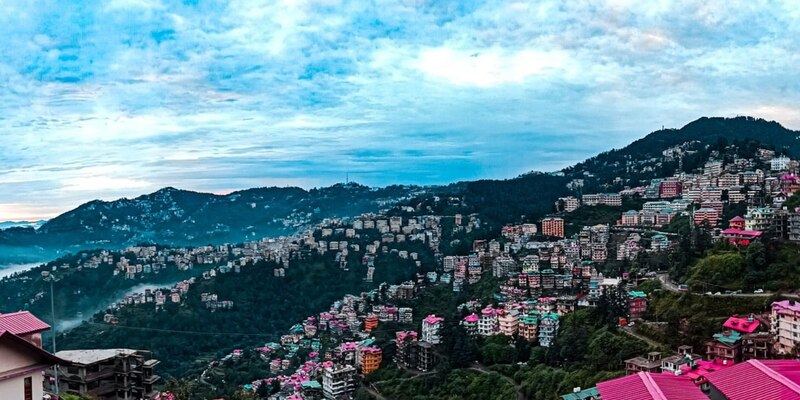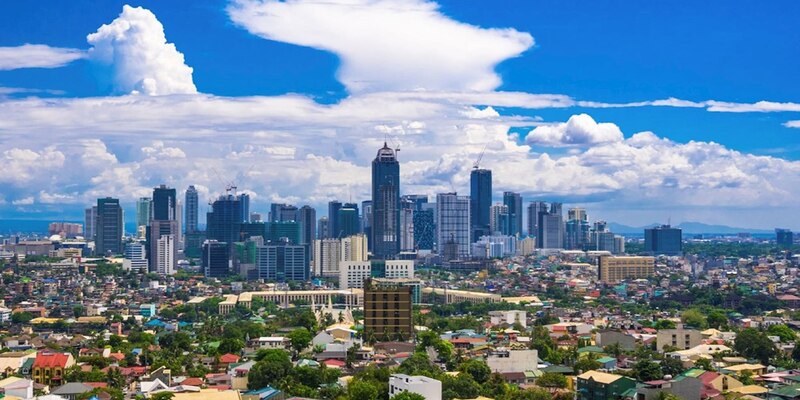Manila, the busy capital city of the Philippines is like a lively mix of history, culture, and modern times. It has many old places to visit and new art scenes to explore. There are so many things you can do in Manila that show the heart of Filipino culture. Here we will look at eight interesting activities for when you are in Manila. This gives a full guide on enjoying what the Philippines' culture offers.
In the middle part of Manila is Intramuros, a historical area that brings you to Spanish colonial times. This district, protected by big rock walls, has buildings with good maintenance and streets made from cobblestone. It also includes famous sites like Fort Santiago and San Agustin Church. People can join guided walking trips to explore its hidden stories, delving into the cultural mix of Filipino-Spanish background.

Known as the first Chinatown, Binondo is a place where Filipino and Chinese tastes mix. People coming here can enjoy different kinds of foods as they walk through its lively roads, trying delicious dishes like dumplings full of taste, pork belly that's crispy on the outside, and noodle soups with good aroma. Binondo has many places to eat from small hidden spots to famous restaurants; it provides a wide range for every type of eater making it an important stop for anyone who loves food.
Poblacion, the heart of Manila, is where you go if you desire to enjoy a slice of the city's pulsating scene. This neighborhood comes alive as dusk starts to settle in and it quickly becomes a buzzing center for trendy bars, and places where one can listen to live music. It does not matter if you are at a rooftop bar enjoying an artisan cocktail or dancing with joy while listening to live music; Poblacion offers an unforgettable adventure that truly reflects Manila's lively character.
Those who appreciate art can find comfort within the walls of the National Museum of Fine Arts. It houses a varied assortment of Filipino artworks from different periods over many years. The collection includes classical pieces, modern works, and installations that reflect how art in the Philippines has evolved throughout time. You can see famous art like "Spoliarium" by Juan Luna or "Las Virgenes Cristianas Expuestas al Populacho" which was made by Flix Resurreccin Hidalgo and many more. In this way, you will gain an understanding of cultural history as well as artistic inheritance from the country itself.
Jos Rizal, the national hero of the Philippines, gives his name to Rizal Park. It is a large and important urban park that covers more than 140 acres. Inside this wide area, you can find many different things like green grass fields, old statues from historical times, or cultural sites for example the Rizal Monument and the Kilometer Zero marker. People who come here may walk around its well-kept gardens; they may also enjoy cultural activities or just think about their country's tough past in a peaceful environment.
Quiapo Market provides a bazaar experience, perfect for travelers who want genuine Filipino keepsakes and artworks. In this lively marketplace, visitors can find everything from finely woven textiles to religious items - it's really like finding a chest full of cultural treasures! People can bargain with vendors from the area, taste snacks on the street, and get involved in the colorful world of Philippine business and customs. This makes Quiapo Market an important place for people who love culture.

Quiapo Market offers a sensory feast for travelers seeking authentic Filipino souvenirs and handicrafts. From intricately woven textiles to religious artifacts, this bustling marketplace is a treasure trove of cultural gems. Visitors can haggle with local vendors, sample street snacks, and immerse themselves in the vibrant tapestry of Filipino commerce and tradition, making Quiapo Market a must-visit destination for cultural enthusiasts.
Food halls in Manila are a special place to enjoy food where many people come together, and they show the variety and wealth of Filipino cooking. Here you can find not only traditional dishes but also new ones made with innovation. These lively places let you taste the best local flavors in an energetic and communal environment. Visitors are offered a feast of foods from different parts of the Philippines, including old favorites such as adobo or singing alongside modern mixtures that combine worldwide influences with native materials. In the lively Manila, food halls are full of life and offer a wide variety of food stalls. They provide a unique culinary adventure that reflects the Filipino culture's hospitality and artistic cooking skills.
In conclusion, Manila invites you to experience a variety of cultural activities. It is like taking a trip through the history and traditions of the Philippines. Whether you want to see old fortresses, taste delicious food, or enjoy art and history, Manila has something for everyone. So come and have an adventure in this city that celebrates Filipino culture.

By Susan Kelly/Mar 06, 2024

By Rick Novak/Jul 17, 2024

By Sean William/May 28, 2024

By Susan Kelly/Feb 29, 2024

By Sean William/May 29, 2024

By Susan Kelly/Feb 17, 2024

By Sean William/May 30, 2024

By Triston Martin/Apr 26, 2024

By Sean William/May 30, 2024

By Susan Kelly/Mar 11, 2024

By Madison Evans/Jul 29, 2024

By Triston Martin/Apr 04, 2024